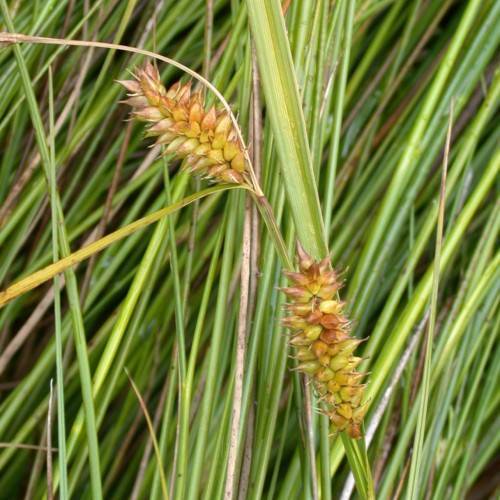
Sedge
Carex exsiccata x
Watering:
Minimal
Hardiness Zone:
Flowers:
Flowers
Sun:
full sun,part shade
Fruits:
Fruits Ready In
Leaf:
Yes
Growth Rate:
Low
Drought Tolerant:
Yes
Salt Tolerant:
Yes
Care Level:
Medium
watering
Blackened Sedge (Carex epapillosa) prefers moist soils, however it can also tolerate wetter habitats. It should be watered once a week in the summer, and every other week in the winter. During the growing season, soil should be kept moist but not soggy, and in the winter, allow the top few inches of soil to dry out between waterings. When watering, use room temperature or lukewarm water and apply until the soil is evenly moist. Be sure not to over-water, as this can lead to root rot and other issues.
sunlight
Blackened sedge thrives best in partial to full sunlight. This plant species does not require long hours of direct sun to develop its dark maroon foliage. In fact, this plant can be damaged when exposed to more than 6 hours of direct sunlight. The best sunlight exposure for blackened sedge would be early morning sunlight, with 4 to 6 hours of indirect light for the remainder of the day. During the warm summer months, it is best to provide some shade or move it to an area of partial shade to protect it from too much sun.
pruning
For Blackened Sedge, no pruning is necessary. This species is a low-growing, ornamental perennial that features a mat of slender foliage that stays green all year long. This means no need for shearing or trimming. However, if the foliage begins to look unkempt, debris such as old leaves or flower stalks can be removed any time of year.
